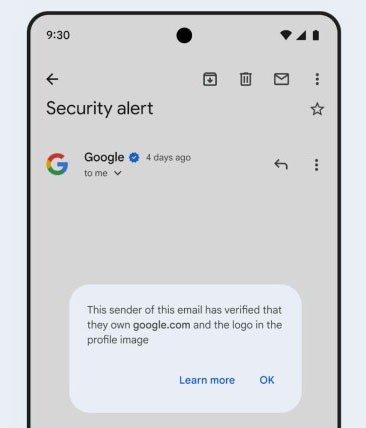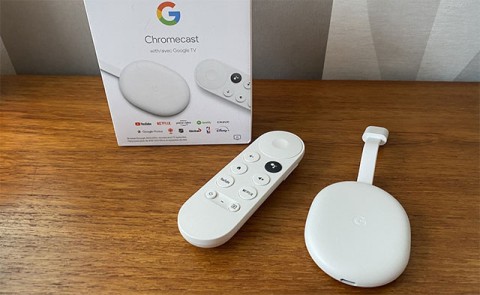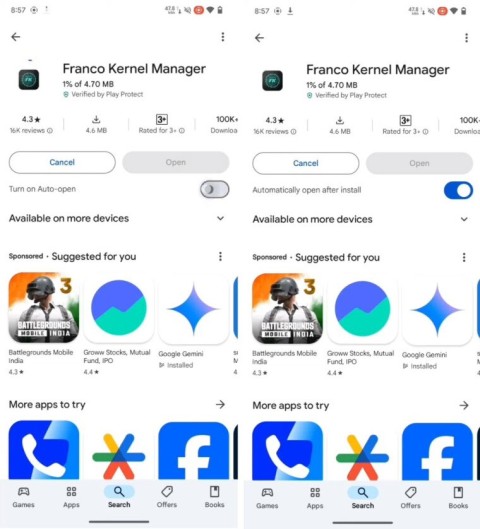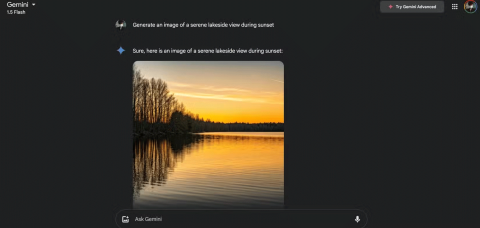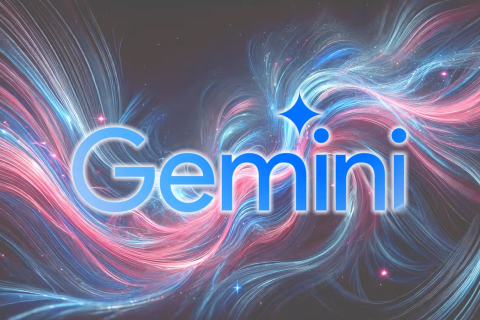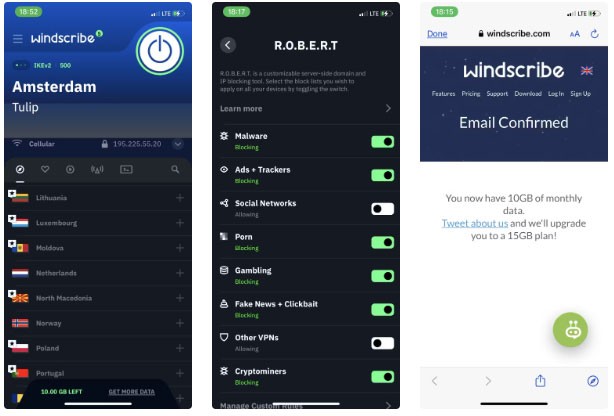Google has been showing increasing interest in the field of artificial intelligence applications in the field of healthcare. This can be seen through a series of multi-million dollar investments in healthcare applications and AI-based diagnostic algorithms that the company has made over the years, many of which are starting to “bear fruit”.
Google is currently working on finalizing and testing real-world AI algorithms that can help detect skin problems, and in particular, diagnose tuberculosis early.
In the field of dermatology, Google is focusing on developing and perfecting a completely new AI tool that can allow patients to detect skin conditions with high accuracy only through the camera on their smartphone. According to Google's research, billions of people in the world are experiencing dermatological problems every day. These are not necessarily diseases, but sometimes just negative reactions of the skin to any agent, but can create unnecessary anxiety, or worse, indiscriminate use of drugs. This AI tool was created to eliminate the above problems.
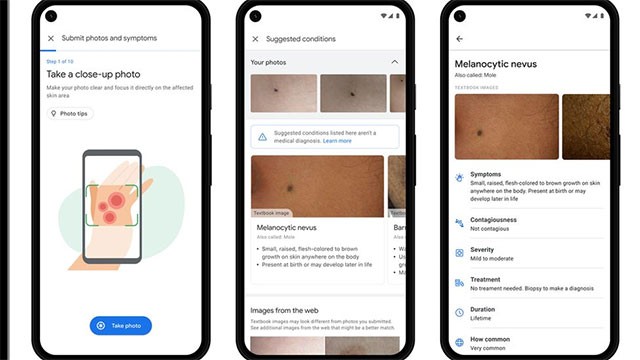
The AI algorithm will be integrated by Google as a website that anyone can access. Patients just need to take up to three photos of the problem area from different angles, then answer a few related questions. Based on the photos and your answers, the AI model will narrow down the possible conditions with reliable information for you to research further, thereby better understanding the problem you are facing.
Google’s AI model currently includes information on 288 different dermatological conditions, with more to come over time. The company claims that its tool is trained on millions of data points from a variety of demographics, but it’s still primarily intended to assist, not replace, a doctor’s diagnosis. The tool has not yet been reviewed by the Food and Drug Administration (FDA), so its real-world quality remains a big question mark. Google plans to release a beta version of its AI model later this year, before considering a broader rollout in the future.
For tuberculosis, Google is using deep learning to detect high-risk cases early, and suggest more in-depth recommendations and follow-up tests to patients. This model essentially uses chest X-rays as a preliminary screening step, and if high-risk factors are detected, the system will give advice and recommend that the patient see a specialist. This can be understood as a “rapid test” system for tuberculosis through X-rays.
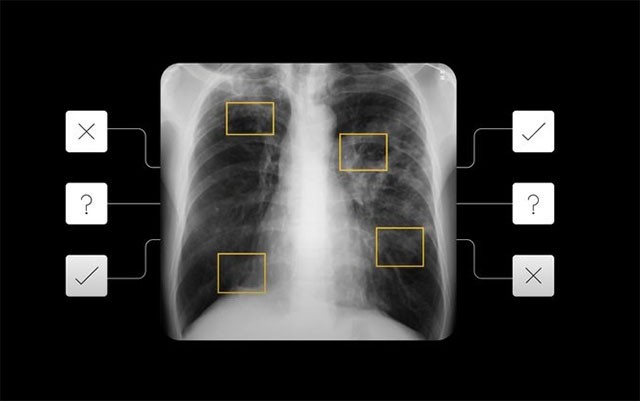
To build the AI system, the engineers used de-identified data from nine different countries, and then tested it on cases from five more. In internal tests, Google said its model was able to return false positives and false negatives at a rate similar to that of 14 radiologists. Clinics could use the technology to determine a recommended threshold for additional tests, leading to more accurate diagnoses.
It can be said that the prospects in developing artificial intelligence that Google has achieved in recent years have opened up a bright future in thoroughly and comprehensively applying the benefits of AI to medicine, helping to improve the quality of health care and human life in a more accurate and effective direction!
